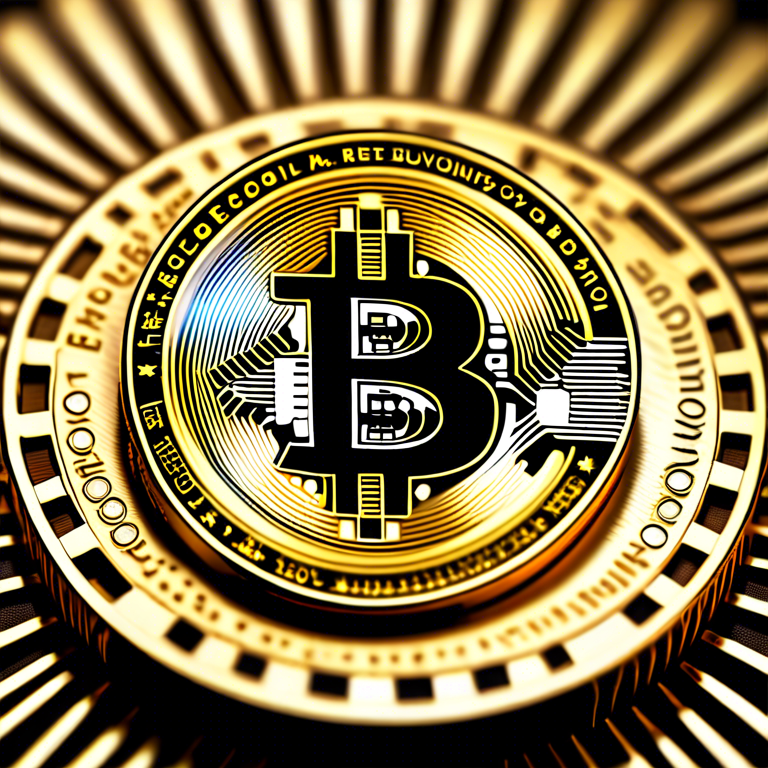【how to sell shiba inu coin on coinbase】Bitcoin Versus USD, Understanding the Digital Currency Landscape
Xexchange xex.vip This article delves into the comparison and how to sell shiba inu coin on coinbaserelationship between Bitcoin (BTC) and the U.S. dollar (USD Bitcoin: A Digital Revolution Bitcoin, introduced in 2 USD: The World’s Reserve Currency The U.S. dollar has stood as the world’s primary reserve currency for decades, bolstered by the United States’ stable economy, political system, and the dominant role of the U.S. in global trade and finance. As a fiat currency, the USD’s value is not backed by a physical commodity but rather the government’s declaration that it has value. This trust enables the USD to function as a means of exchange, a store of value, and a unit of account around the world. However, the USD’s dominant position is challenged by factors like national debt, inflationary pressures, and the rise of alternative currencies, including digital ones like Bitcoin. The Interplay between Bitcoin and USD The relationship between Bitcoin and the USD is complex, characterized by both competition and coexistence. On one hand, Bitcoin offers a hedge against inflation and currency devaluation, drawing interest from investors looking to diversify their portfolios away from traditional fiat currencies. The increasing acceptance of Bitcoin as a payment method and investment vehicle highlights its growing legitimacy and potential to complement or even substitute for fiat currencies like the USD in some contexts. On the other hand, the vast majority of Bitcoin transactions are priced and settled in USD, underscoring the USD’s continuing role as a global financial linchpin. This symbiotic relationship illustrates the evolving nature of money and opens the door for further innovations in digital finance. In conclusion, the dynamic relationship between Bitcoin and the U.S. dollar signifies a pivotal moment in the evolution of money and finance. While the USD continues to hold sway as the world’s leading currency, Bitcoin’s rise poses intriguing questions about the future of digital currencies and their place in the global financial system. As technologies and economies evolve, so too will the balance of power between traditional fiat currencies and digital challengers like Bitcoin. Coinluckypro.com
), exploring how these two forms of currency interact within the modern financial sphere, their implications for investors, and their future prospects in global economics. Here, we’ll dissect the fundamental aspects of Bitcoin as a digital currency, how it compares with the traditional U.S. dollar, and what this means for the global economy and individual investors.

009, has emerged as the leading digital currency, challenging traditional financial frameworks and offering a new form of money free from centralized control. Unlike the U.S. dollar, which is issued and regulated by the government and central banking institutions, Bitcoin operates on a decentralized network of computers using blockchain technology. This groundbreaking approach ensures transparency, security, and freedom from third-party manipulation by recording all transactions on a public ledger. The appeal of Bitcoin lies in its limited supply—capped at 21 million coins—contrasting with the ability of traditional currencies to expand their supply through monetary policy, leading to inflation. Bitcoin’s value is determined by xexchange demand and supply, making its price volatile compared to the relatively stable USD.
About Recommendations
-
Monero Tor Node Access: A Comprehensive Guide
-
Dogecoin Miner Application: Harnessing Cryptocurrency from Your Smartphone
-
Tether Plunge Today, Financial Repercussions and Market Analysis
-
Digital Currency Trading Platform, Establishing Your Crypto Portfolio
-
Bitcoin Mining Difficulty Hits Record High
-
Dogecoin Forecast: Insights from Coindesk
- Recently published
-
- Marathon Digital improves hash rate by 15%, mined 890 BTC in December
- Cryptocurrency Projections: Forecasting Dogecoin\’s Worth in Indian Rupees
- Tethering Guide for Android Devices
- Anchor, Connect, and Secure: Exploring the Multitude of Synonyms for \”Tether\”
- Marathon Digital improves hash rate by 15%, mined 890 BTC in December
- Paws and Chuckles: The Humor Behind Dogecoin on Reddit
- Ethereum Identity Wallet: A Secure Gateway to Digital Ownership
- Tether: A Cinematic Exploration Unraveled
- Upbit Digital Currency: A Comprehensive Examination
- Dogecoin Value INR Estimator: A Handy Tool for Crypto Enthusiasts
- Random Reading
-
- Dogecoin Weekly RSI Cools Off with Wave 2 of Cycle 3: Analyst Predicts Largest Moves Ahead
- Tether Clips Cord Management, Streamlining Your Workspace and Beyond
- Deciphering Tether: Understanding Its American Pronunciation and Beyond
- Current Valuation of Tether: Exploring Its Market Position
- The Shadows of Uncertainty: How Black Swan Events Threaten Crypto Stability in 2025
- Solana Coin Latest Developments, Unveiled Through Reddit Conversations
- Secure Access to Digital Currency: Exploring Tether Wallet Sign
- Dogecoin Forecast: Insights from Coindesk
- Digital Currency Trading Platform, Expanding the Future of Finance
- The Value Surge of Dogecoin: An Unprecedented Rise in 2021
- Dogecoin Clicker 1: Exploring the Viral Sensation on Reddit
- Dogecoin Clicker 1: Exploring the Viral Sensation on Reddit
- Monero Tor Node Access: A Comprehensive Guide
- La Pronunciación de Tether en Español: Una Guía Completa
- Canine Crypto Takes Flight: Dogecoin\’s Ascent
- Cryptocurrency Trends: Analyzing Dogecoin\’s Live Price Graph
- Analyst Says Crypto Investors Continue To Sleep on One Large
- Dogecoin\’s Current USD Value, A Financial Assessment
- Dogecoin Icons: Exploring Emojis and Symbols
- Canine Cryptocurrency Collectibles: Dogecoin Toy, A Must
- search
-
- Friendly Links
-